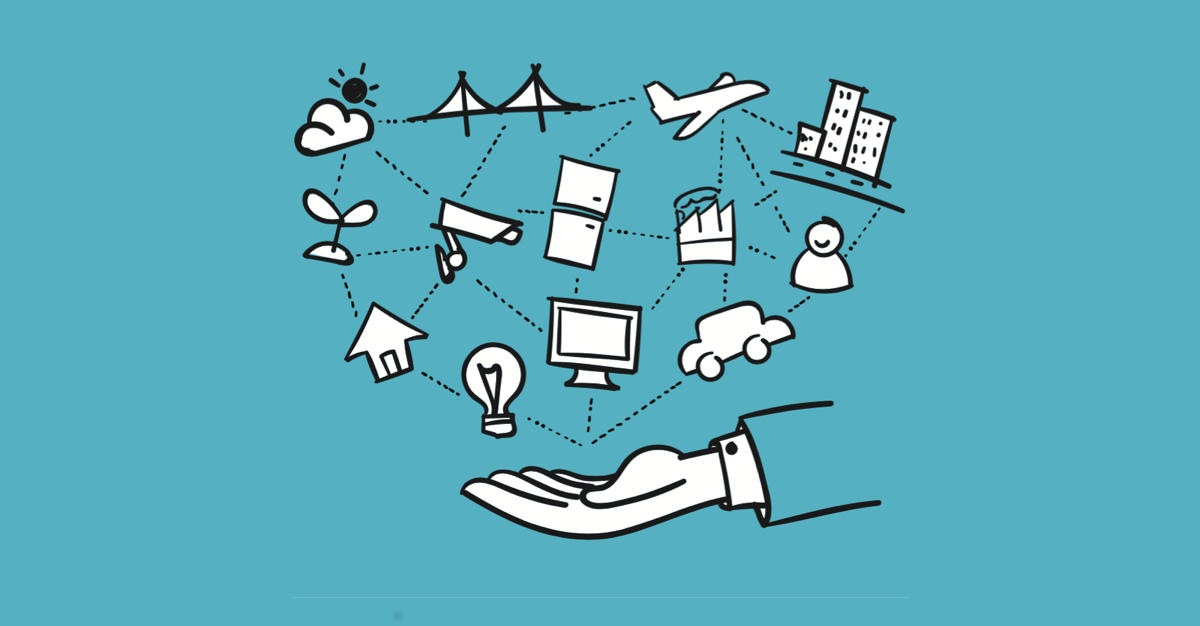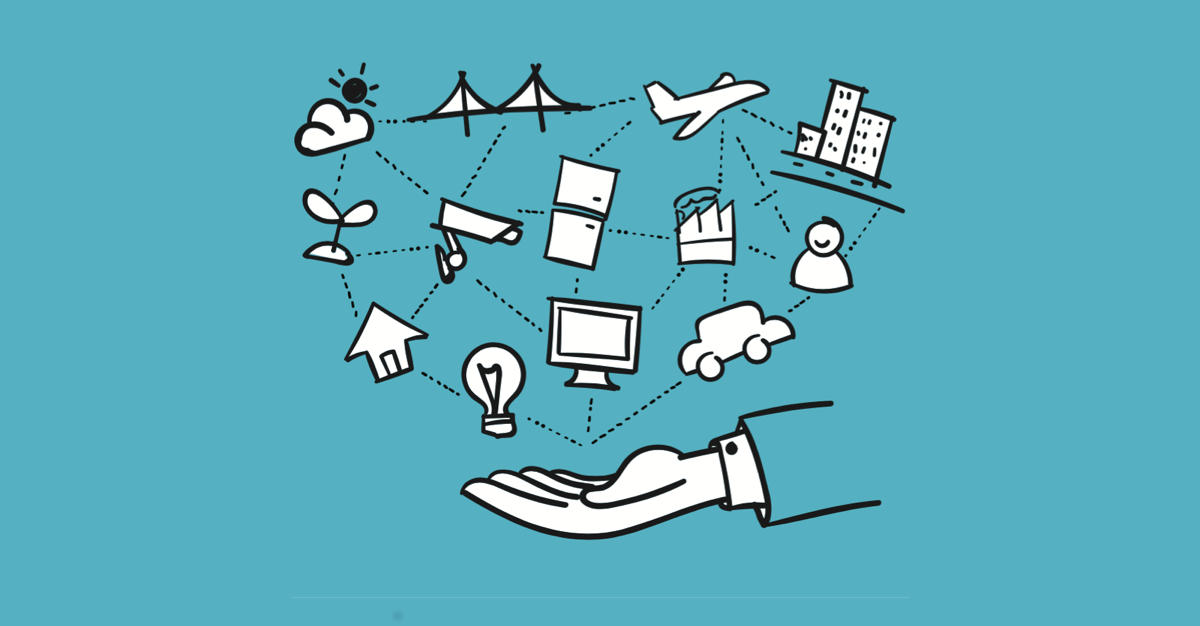
Last week, we wrote a handy article in our new What is… series about Virtual Private Networks.
This week, we’re looking at the IoT, or Internet of Things.
We decided on the Internet of Things because week 4 of Cybersecurity Awareness Month (CSAM) urged us to be #CyberAware about our Evolving Digital Lives.
And those Evolving Digital Lives are increasingly dotted with online things that aren’t computers or computer equipment in any traditional sense.
Indeed, the “things” in the IoT aren’t computers, laptops, routers, access points, modems, or anything like that.
They’re genuinely “thing-like” things – objects that used to sit in our houses as perfectly useful stand-alone components in modern urban life.
These include kettles, light bulbs, thermostats, TVs, refrigerators, and so on.
Traditionally, they weren’t on the internet because…well, they weren’t.
It was hard enough getting your Windows 98 computer online, back in the day.
There wasn’t much time left over to figure out how to connect your kettle to the internet as well.
There certainly wasn’t time to decide why you might want to hook up your kettle, and how to do it affordably, and how to make money by convincing consumers they wanted online kettles, too.
How times have changed!
So, just what makes up this Internet of Things, and what are its pros and cons?
Head over to the SophosBlog and find out!
Internet of Things graphic courtesy of Shutterstock.
